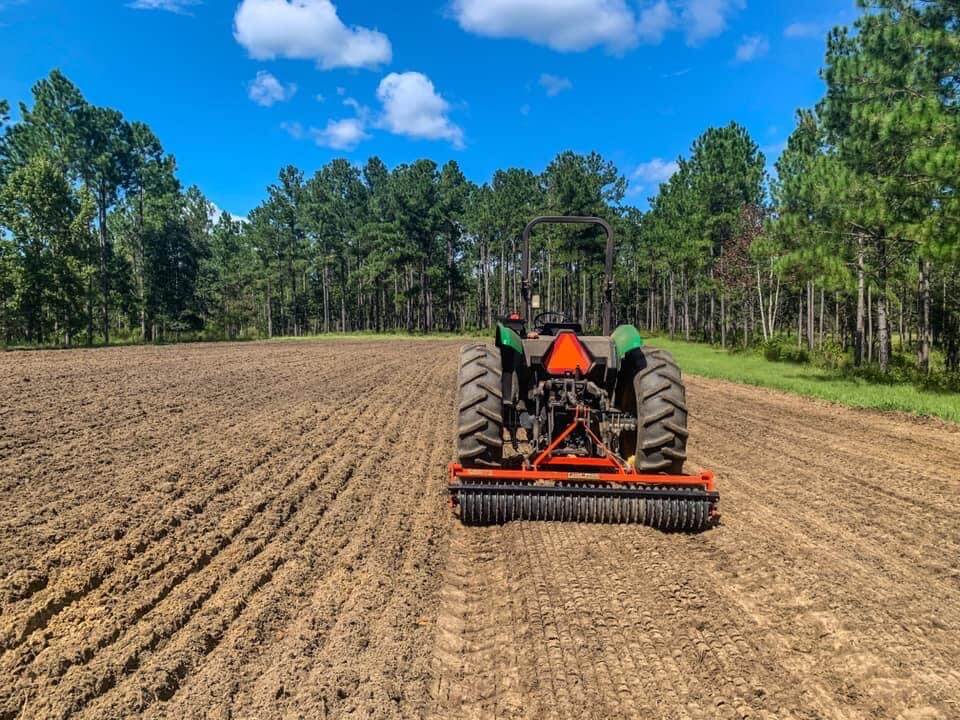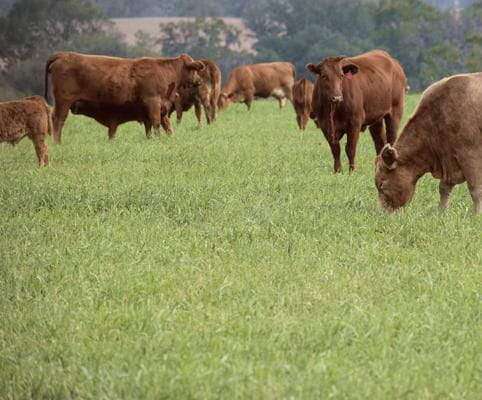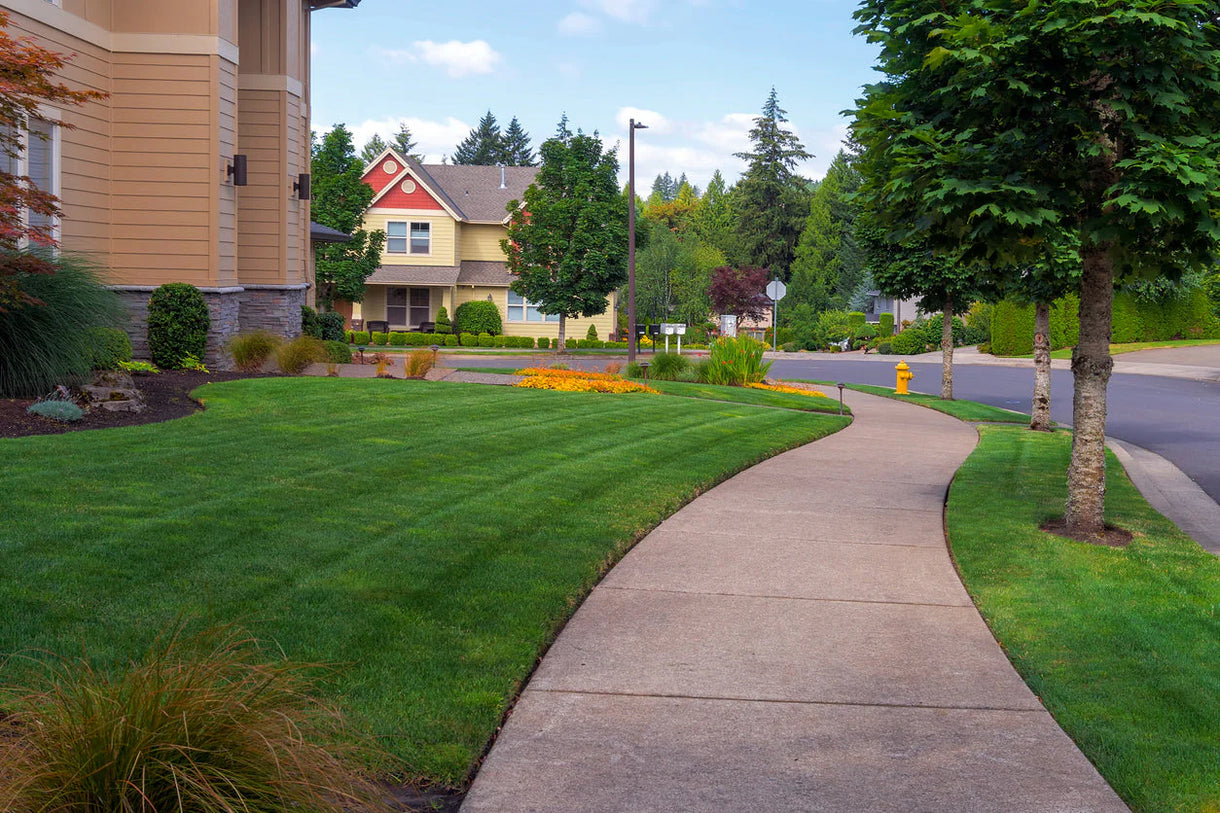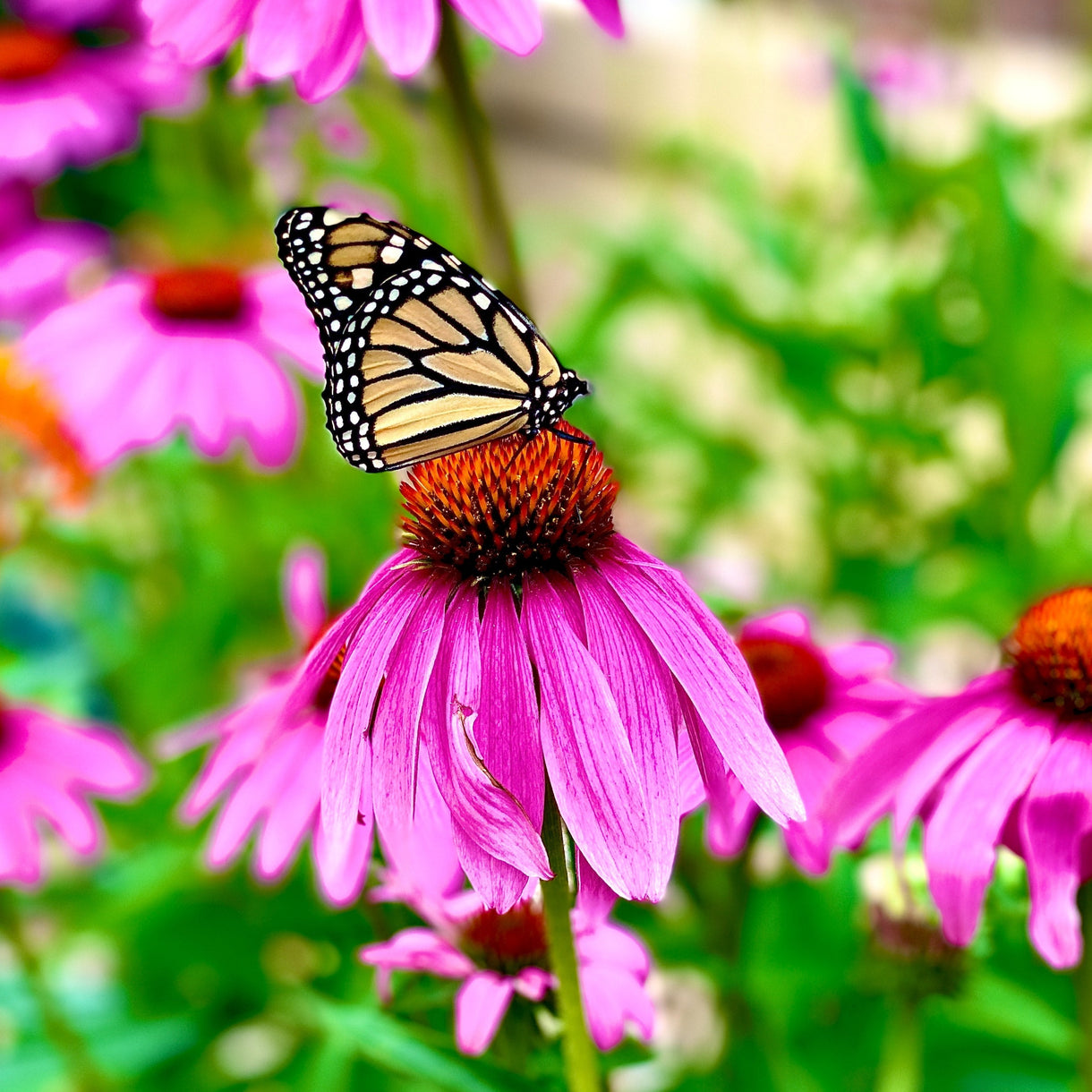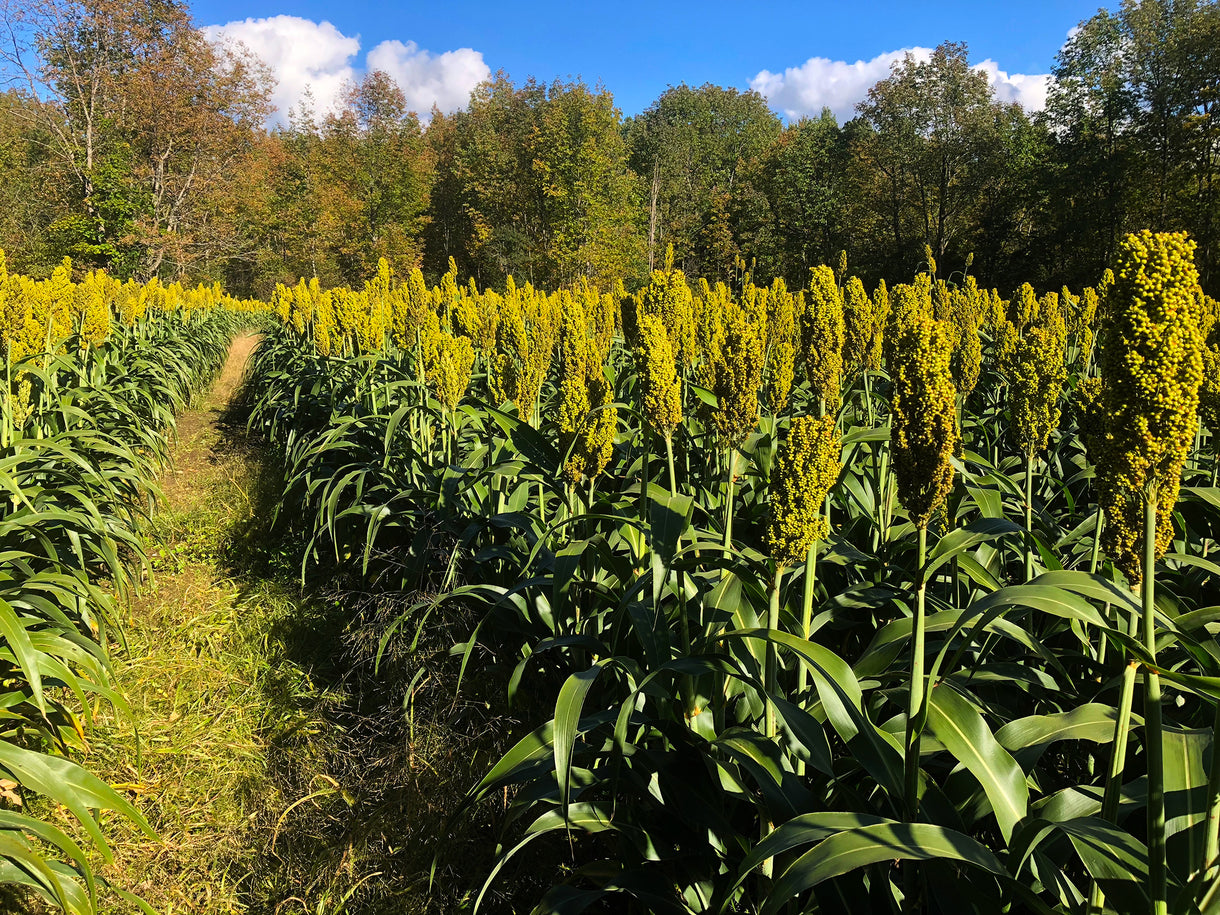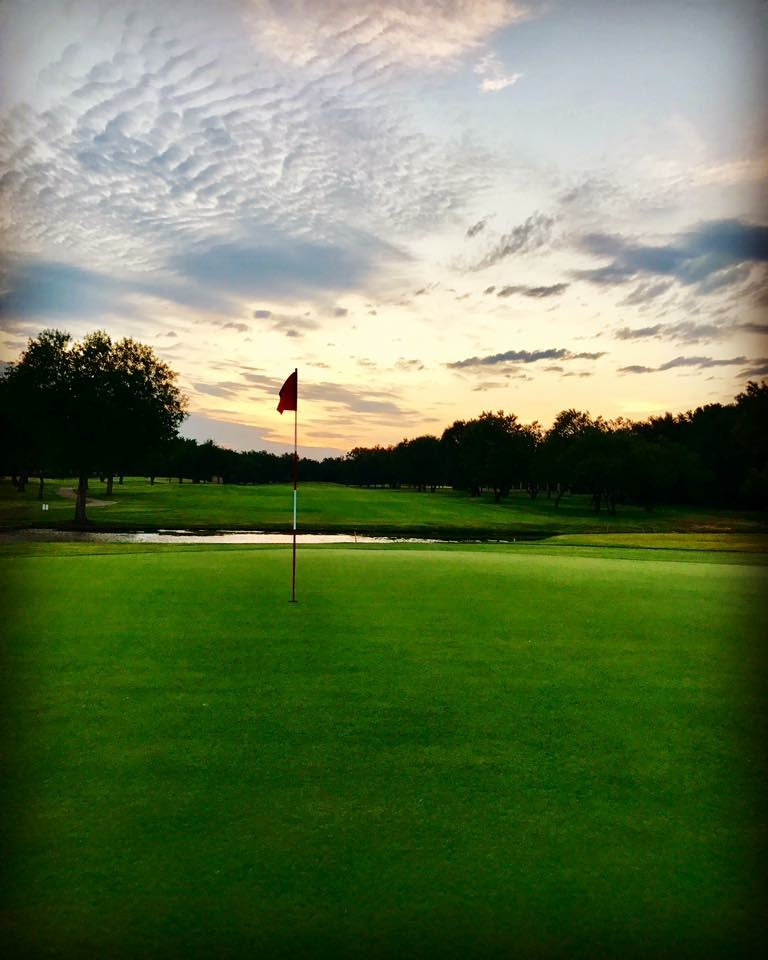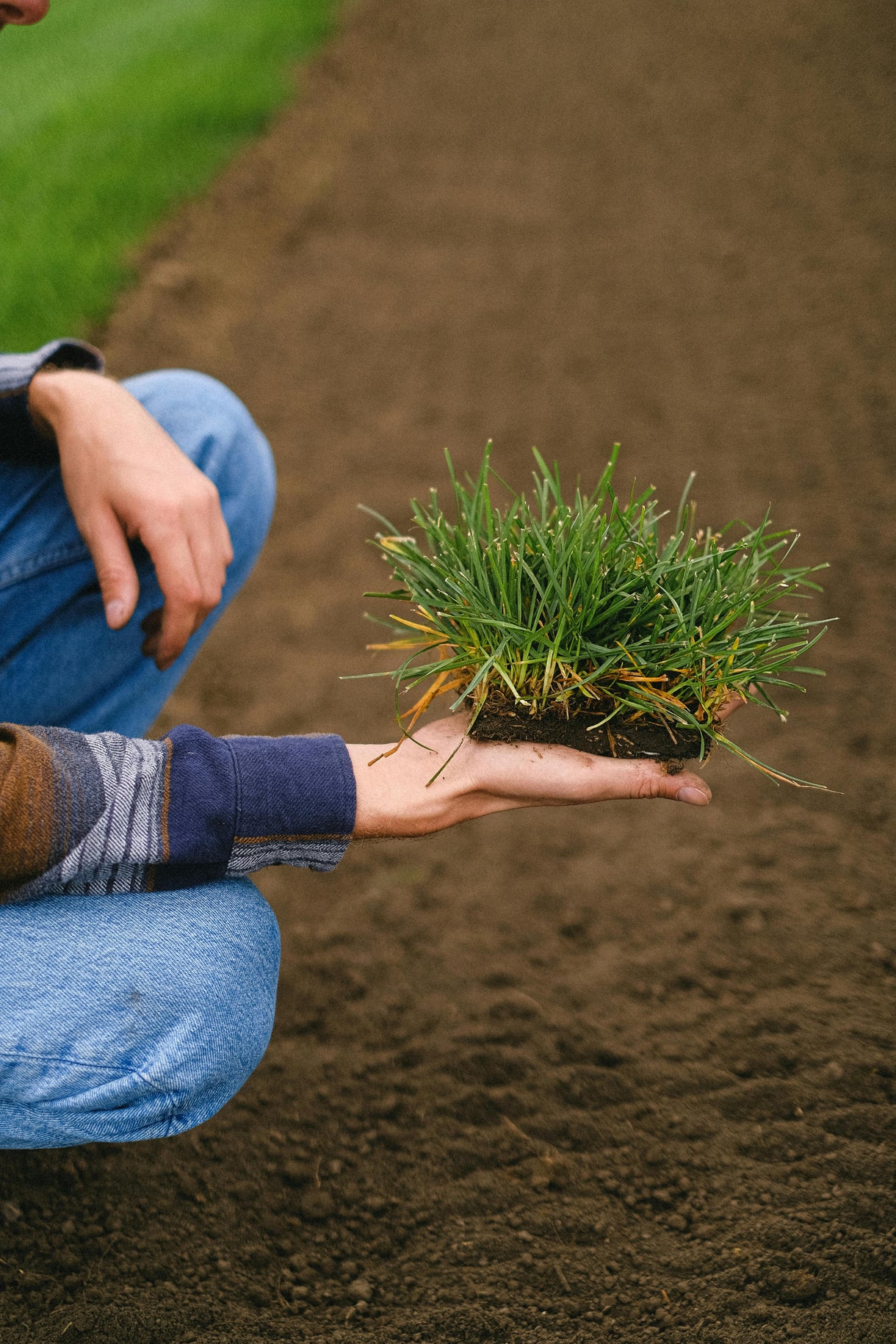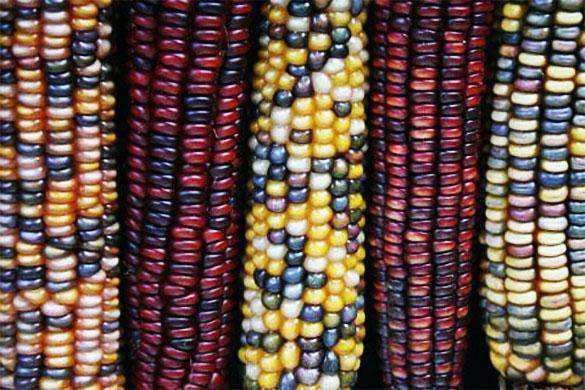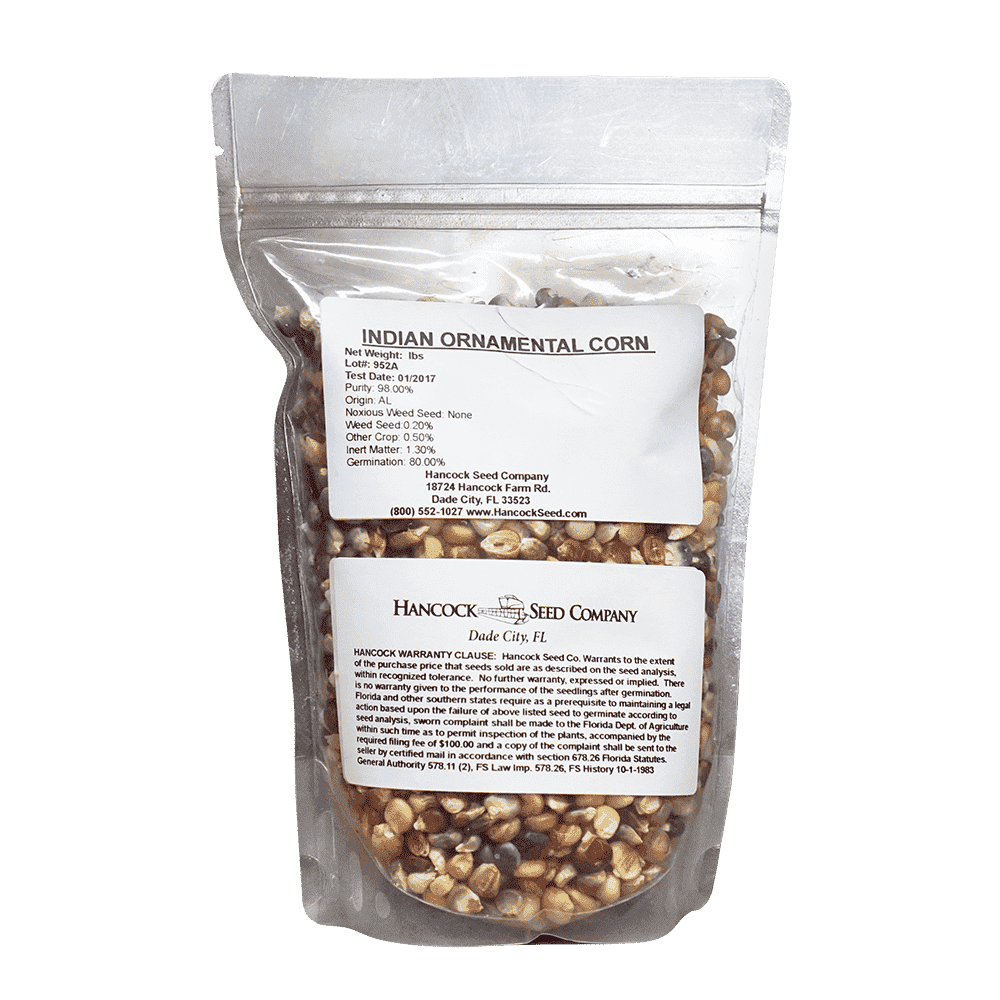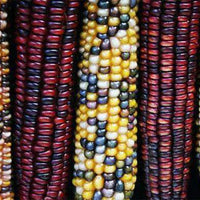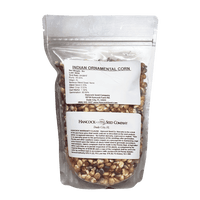Popular Products
Popular Products

Seed Quality
Hancock Seed is dedicated to delivering the best seeds possible to our customers. Hancock Seed grows and harvests many of our products, and we acquire the majority of the rest from other family farmers.
All these seeds are processed, packaged and shipped from Hancock Farm. This helps us ensure that our high standards are met. Unlike much of the competition, we refuse to sell you a seed that was not gathered during the last harvest. You will always receive fresh product from Hancock.
Every seed we grow comes with 40 years of experience behind it...you can rest assured that all of our products are cultivated in a method that assures its potential for growth.

Your cart ( 0 )

Indian Corn is one of the oldest varieties of corn. It is widely known as a symbol of Fall and the American harvest season. Its kernels come in a wide range of colors including white, red, yellow, brown and blue.
Product Information
- Application or Use: Field, Cover Crop, Ornamental
- Germination Time: 7 - 14 days, under optimal conditions
- Growing Locations: Warm Season, Transition Zone, Cool Season
- Height: 5 - 8 feet
- Sunlight Requirements: 8+ hours, full sun for best results
- Advantages: Well adapted to the growing conditions of most of the United States.
- When to Plant: Recommended planting time is spring and summer when night time temperatures are consistently above 65 degrees and 3 months prior to first frost.
Product Details
- Certified Non-GMO
- One of the oldest varieties of corn
- Well adapted to the growing conditions of most of the United States
- Once mature can be ground for hominy and polenta
- Grows to heights of approximately 7-8 feet tall
Product Information
Indian Corn is one of the oldest varieties of corn. It is widely known as a symbol of Fall and the American harvest season. Its kernels come in a wide range of colors including white, red, yellow, brown and blue. The common nickname of "Flint" Corn is due to the kernels being known as "hard as flint" by the Native Americans. This variety is often dried and used for decoration because the soft and hard starches in the kernels helps them to shrink uniformly, retain their color and make them extremely less prone to spoiling during drying.
Indian Corn is well adapted to the growing conditions of most of the United States. This variety is considered a heirloom, and can be consumed by livestock. Indian Corn once mature can be ground for hominy and polenta. This corn grows to heights of approximatley 5-8 feet tall and has approximatley 2,073 seeds per pound.
*Product packaging may appear different than what is pictured.
Plant during spring at a rate of 10 to 15 lbs. per acre. Plant at a depth of 1 to 1.5 in. If planting in rows, keep rows between 2 and 2.5 ft, apart, with a seed spacing of 8 in.
Instructions
When choosing to start a new lawn, remove old vegetation by using a de-thatcher, power rake or tiller to kill the existing vegetation. Rake or drag the area to remove debris and dead grass for a clean area. Ensure the soil is leveled and loosened to allow the seed to have good soil contact once spread on a clean seed bed.
If you have an area with heavy weed coverage, we recommend starting fresh by killing and removing the existing vegetation. If you choose to use chemicals, herbicides or fertilizers, you must check with the product's manufacturer prior to planting new seed to ensure the proper waiting period.
When overseeding an existing area, mow your lawn at the lowest setting and bag the clippingsx. Rake or drag any areas that have dead thatch or debris.






